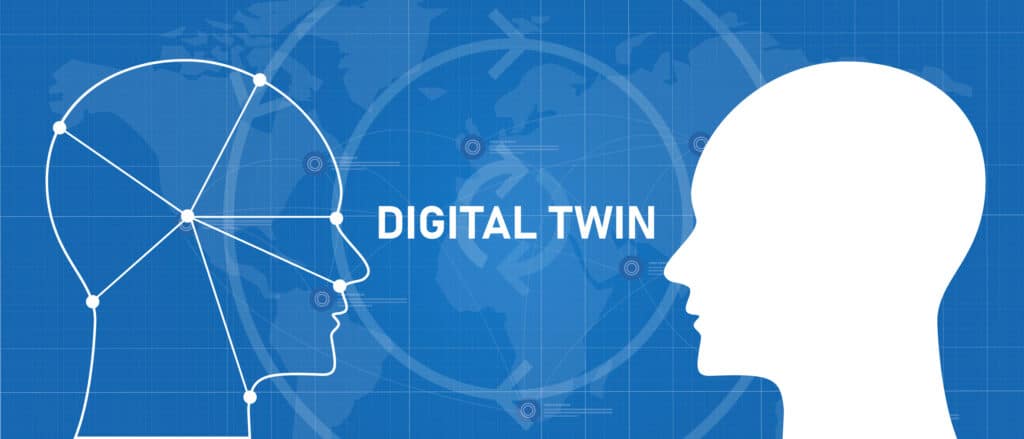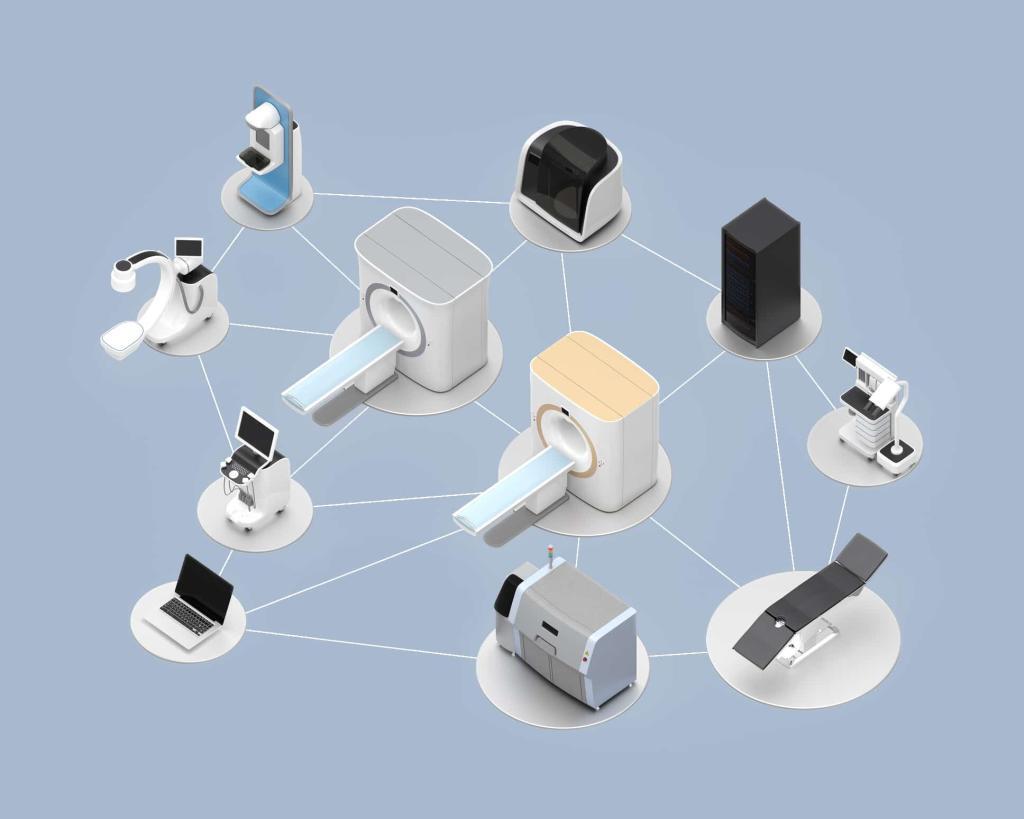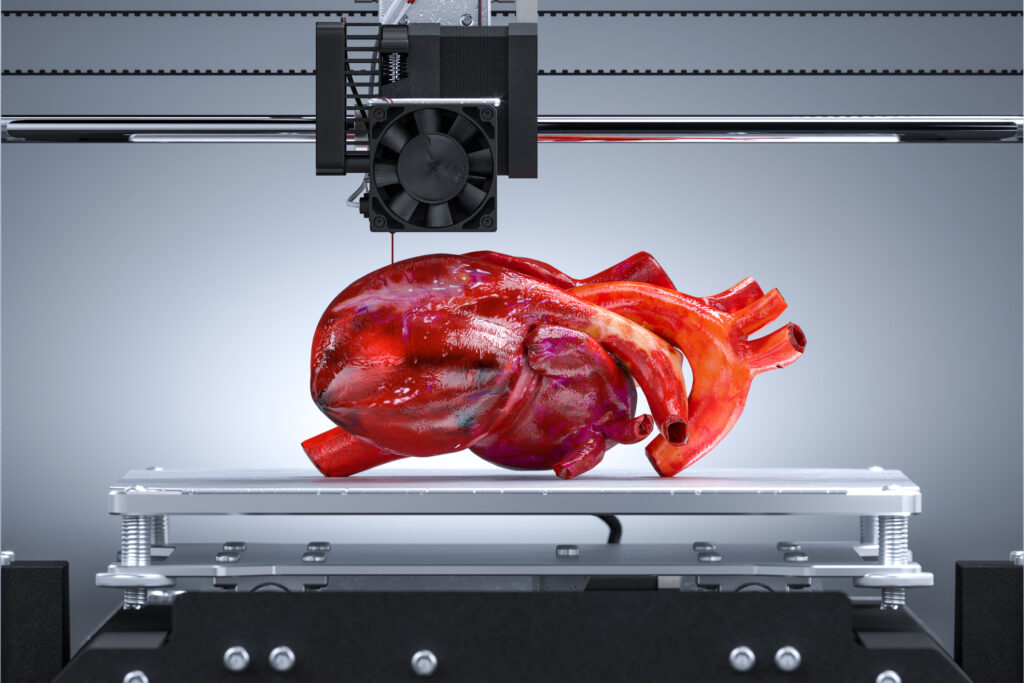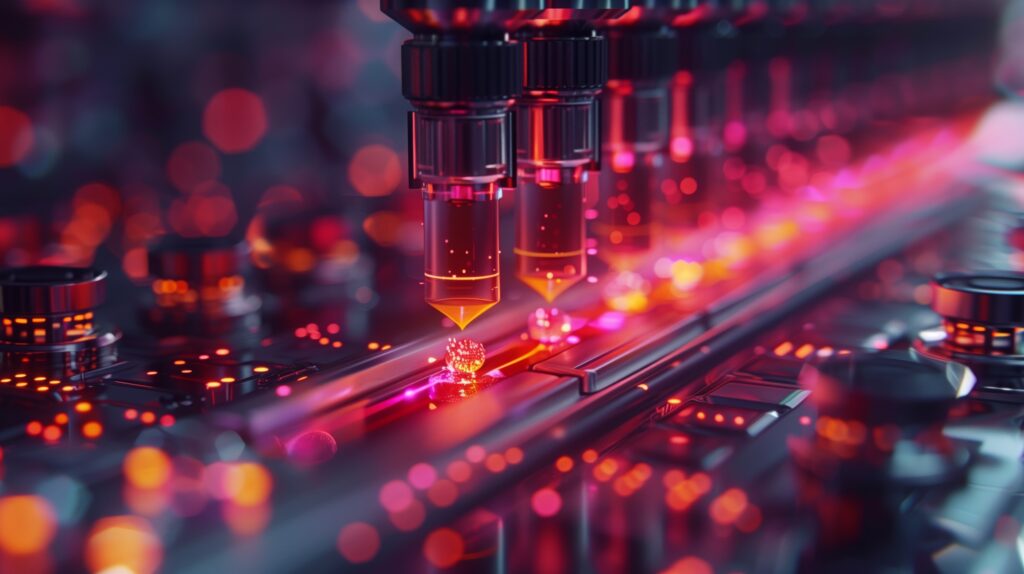Medical transcription plays a vital role in the healthcare industry by transforming verbal communications into accurate written records. These records form a crucial part of a patient’s medical history, ensuring continuity of care and aiding in legal documentation. With the evolution of technology, this field has seen significant changes, raising questions about its future in an increasingly digital world. In this article, we will look into the world of medical transcription, exploring its function, process, and significance in today’s healthcare landscape.
Understanding Medical Transcription and Its Importance in Healthcare
Medical transcription is a process that facilitates the conversion of voice-recorded reports dictated by physicians and other healthcare professionals into text format. This practice is essential for maintaining detailed and accurate patient records, which are imperative for quality patient care. The transcription includes various types of reports, including patient histories, physical examinations, clinical notes, and diagnostic test results.
The significance of medical transcription cannot be overstated. It allows healthcare providers to spend more time with patients rather than completing paperwork, ensuring a more efficient use of their expertise. Accurate transcription is also critical for billing and insurance purposes, as it provides a written account of patient encounters that justifies the services billed.
In the area of healthcare documentation, medical transcriptionists play a key role in preserving the integrity of the medical record. Their work supports the healthcare provider’s diagnostic and treatment plan, thereby directly impacting patient outcomes. Without clear and concise medical records, the likelihood of medical errors could increase, potentially compromising patient safety.
Medical records obtained through transcription are also valuable for legal protection. They provide a tangible, time-stamped account of patient care, which is essential in legal proceedings and audits. Understanding what is medical transcription and its implications is therefore fundamental for both healthcare professionals and institutions.
The Process of Medical Transcription: How It Works
The medical transcription process begins with the healthcare provider dictating patient information, usually via digital voice recording devices or over the phone systems designated for this purpose. Once the audio file is created, it is then forwarded to a medical transcriptionist, who listens to the recording and transcribes the content into a written document.
Subsequently, the transcription undergoes a quality check, where proofreaders or editors review the document for errors, discrepancies, or unclear passages. They ensure that the transcription accurately reflects the original dictation and adheres to the medical facility’s format and documentation standards. After the review process, the transcribed document is returned to the healthcare provider for approval and signature.
The role of technology in the transcription process is increasingly significant, with many transcriptionists using specialised software to enhance accuracy and speed up the process. This software often includes features like voice recognition and medical spell checkers. Additionally, secure file transfer protocols are in place to ensure patient confidentiality and comply with regulations like the Health Insurance Portability and Accountability Act (HIPAA).
Once the transcription is approved, it becomes a part of the patient’s medical record, accessible by authorised personnel for ongoing patient care, billing, or legal use. The medical transcription process is thus a finely tuned operation that relies on the collaboration between healthcare providers, transcriptionists, and technology to maintain its efficiency and reliability.
Technological Advances and Their Impact on Medical Transcription
Technological advances have significantly reshaped the way medical transcription is conducted. The introduction of electronic health records (EHRs) has streamlined the process, allowing for smoother integration of transcribed reports into patient records. Voice recognition software has also become more prevalent, sometimes allowing healthcare providers to bypass the transcriptionist entirely for certain types of documentation.
However, despite advances in voice recognition, the role of the medical transcriptionist remains vital. Software often requires a human touch to disambiguate context and correct errors that machines are not (yet) able to discern. Transcriptionists ensure that the subtleties and nuances of medical reports are captured accurately, which can make a significant difference in patient care and outcomes.
As healthcare providers seek to optimise their time and resources, the demand for seamless and rapid transcription services has grown. Technology, when utilised effectively, has the potential to enhance the transcription process, but it also requires adapting to new tools and methodologies. Ultimately, transcriptionists must stay abreast of technological trends to remain competitive in the field.
Medical transcription remains a cornerstone of healthcare documentation, combining the expertise of trained professionals with technological advancements to deliver accurate and accessible patient records. Regardless of evolving trends and the rise of AI, the human element in understanding complex medical information and maintaining high-quality records is irreplaceable. Future developments are certain to shape the field, but the commitment to patient care through precise documentation will continue to drive the profession forward.
Disclaimer
The information provided in this article is intended for general informational purposes only and does not constitute professional medical, legal, or healthcare advice. While every effort has been made to ensure the accuracy and reliability of the content at the time of publication, Open Medscience makes no representations or warranties, express or implied, about the completeness, accuracy, or applicability of the information. Readers should not rely solely on this article when making decisions related to medical transcription, healthcare practices, or compliance with relevant regulations. Always consult a qualified healthcare professional, legal advisor, or industry expert for guidance specific to your circumstances. Open Medscience accepts no responsibility for any loss, injury, or damages arising from the use of the information contained herein.




